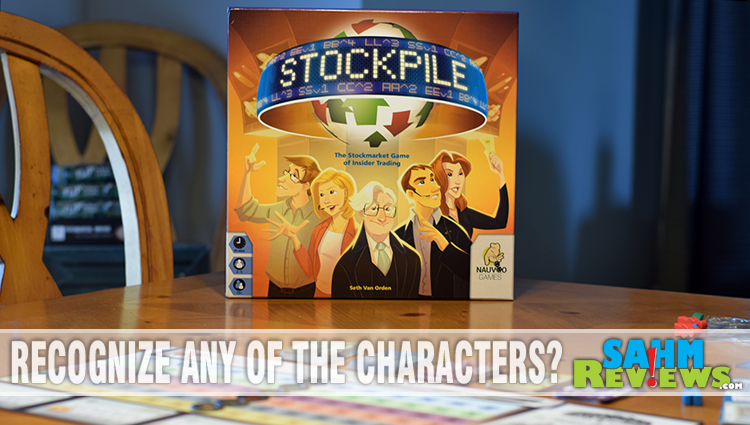


One stock change is publicly revealed to all at the beginning of the round, and each player privately learns a second change – don’t worry, the SEC won’t bust you for insider trading. During a round, each stock will either move up or down by certain number of points (seen in the upper right corner of the above screen shot), or pay a cash dividend to its shareholders. Do you play a good share you were dealt into a pile with other valuable stocks, and then hope you can outbid your competitors? Or do you sneak it into a mediocre pile face down and hope no one else bids on it? Should you play both your cards into the same pile, or spread them around? Can you bluff players away from a pile by placing a trading fee card into it? Or do you play the fee card face down in a popular pile in order to penalize whoever bids on it? Do you forgo valuable shares and aim for Boom tokens to boost a stock you already own? Or chase that Bust token to devalue the stock an opponent is flush with?Īt the heart of those decisions is the upcoming forecast. This format introduces a number of intriguing choices. Each pile also starts with one random card, and you can only win one pile each round, so everyone is guaranteed to at least get something – even if it’s only a trading fee or a stinker of a stock. Players take turns playing their cards – one face down, one face up – into piles equal to the number of players, which will then be auctioned off. First, each player is dealt two cards, which could be shares in the different stocks, a Boom or Bust card that allows you to change a company’s value by two points, or a trading fee that will cost the auction winner extra money.

Each investor possesses a unique ability that opens up more ways to win.Where Stockpile gets interesting (and deviates from real life) is that you don’t actually buy stocks at this price – instead, stocks are auctioned off at the beginning of each round. Module 4: More Investors - Stockpile: Continuing Corruption adds six new investors from around the world who have heard about massive profits being made, and they want in on the action. Collect different types of commodities and dodge taxes to earn substantial end-game bonuses. Each round, players add Commodity or Tax Cards face-up to the stockpiles. Module 3: Commodities & Taxes - Commodities & Taxes create much more tension during the game. Be careful not to overspend or you might lose out on valuable stockpiles. The original money used to purchase bonds cannot be recovered until the end of the game. Purchasing bonds can provide a steady stream of interest payments every round. Module 2: Bonds - Bond Cards present a new, safe investment option for players. The dice cause the market to rise or fall on any given turn and ensures that no two games will ever be the same. Roll the dice at the beginning of the round and select the appropriate forecast cards. Module 1: Forecast Dice - Six custom dice offer more excitement by changing the market forecast round-to-round. Stockpile: Continuing Corruption, the first expansion for Stockpile, the critically acclaimed stock market game of insider trading, contains four expansion modules that can be played separately or used all together for more strategic gameplay.


 0 kommentar(er)
0 kommentar(er)
